MOCKINGBIRD ANNOUNCES $60K IN GRANTS
The Mockingbird Foundation has announced eleven new grants totaling $59,650. The all-volunteer nonprofit's 20th round of competitive funding reached nine states, including the first Mockingbird grant in Rhode Island. The Foundation has now made 285 grants in 47 states totalling $977,743.40.
MYSTERY JAM MONDAY PART 226
Welcome to the 226th edition of Phish.Net's Mystery Jam Monday. I've posted three clips this week -- these three clips share something in common. To win, be the first person to identify the song and date of each of the three mystery jam clips, and answer what they share in common. Each person gets one attempt per day, with the second “day” starting after the Blog posts the hint -- each answer should contain three songs / dates, along with the commonality between them. No sharing or trading of answers is allowed. A hint will be posted on Tuesday if necessary, with the answer to follow on Wednesday. The winner will receive an MP3 code good for a free download of any show, courtesy of our friends at LivePhish.com / Nugs.Net. Good luck, and have a great Memorial Day -- the Blog takes no political stance, but maybe we can take a moment today to remember those who have died in service of our country, enabling us to do things like BBQing and drinking beer all day, or listening to 30 second Phish clips over and over again in hopes of winning MP3 download codes!
Answer: Congrats to four-time winner @highhat, who quickly identified the 7/28/98 Lengthwise, the9/27/00 Gumbo, and the 11/27/09 Tomorrow's Song – all songs with Fishman-penned lyrics. The MJM will take a short break and will return on Monday, June 20th, just in time for Summer Tour.
SCREENS 'N' SUDS '16 ANNOUNCED
Screens 'n' Suds has announced their 2016 Chicago Big Event on Saturday, June 25th at Links Taproom. This annual gathering celebrates craft beer and screen printed art while raising money for charity.
THUNDERBIRD OF A FEATHER: AN INTERVIEW WITH NICK SETTEDUCATO
Over the years, Phish has drawn legitimately creative talents into its orbit. One such talent is Nick Setteducato, the amateur filmmaker behind the stop-motion animated short 2016: A Space Oddity. Nick’s project delighted the online Phish community when it was published last week. We loved it, too, and had a few burning questions for Nick.
Okay, we had a lot of burning questions for Nick. First, here’s the video, because you know you want to watch it again:
2016: A Space Oddity from Nicholas Setteducato on Vimeo.
Nick, you moved to New Zealand 8 years ago to work with Peter Jackson. What do you do with and for him and what are you working on now?
I work for his production company, Wingnut Films. I do photography and help look after Wingnut’s collections and archives, but Peter asks me to help him with a lot of personal imaging projects, using Photoshop and the like.
Do you miss your old home?
I really love Wellington, but I do miss a lot of things about New Jersey. Bagels, Taylor Ham, Star Tavern pizza. My mom still sends me bags of Racioppi’s Taralles. They’re a real North Jersey Italian thing. I’ve shared them with some friends here, and I’m convinced I could make a fortune importing them.
MYSTERY JAM MONDAY PART 225
Welcome to the 225th edition of Phish.Net's Mystery Jam Monday. I've posted NINE clips this week -- these nine clips share something in common. To win, be the first person to identify the song and date of each of the nine mystery jam clips, and answer what the nine clips share in common.Each person gets one guess per day, with the second “day” starting after I post the hint -- each guess should contain nine songs / dates, and a guess at the commonality. No sharing or trading of answers is allowed. A hint will be posted on Tuesday if necessary, with the answer to follow on Wednesday. The winner will receive an MP3 code good for a free download of any show, courtesy of our friends atLivePhish.com / Nugs.Net. Good luck!
Note: Some (iOS) users may notice that the audio skips back to the first clip only halfway in, looping indefinitely. If that's the case, you can listen here.
Hint:
Answer: Congrats to @TwiceBitten, now @TwiceAnMJMWinner, who correctly identified the 5/7/94 Dog Log (Soundcheck), 6/16/95 Runaway Jim, 9/2/87 Shaggy Dog, 7/12/03 Dogs Stole Things, 5/3/85 McGrupp (PhishTracks and Phish.in' have a track labeled "Whipping Post -> McGrupp", but it only contains Whipping Post), 8/21/15 The Dogs, 7/23/88 No Dogs Allowed, 8/21/87 Harpua, and 12/2/97 Dog Faced Boy, as well as the canine theme that connects them all. I must say I'm really pleased with so many folks taking a crack at this week's crazy MJM, so I'm curious to see how folks do next week when we'll be back with our now typical 3 clip + theme format for MJM226: Holiday Edition.


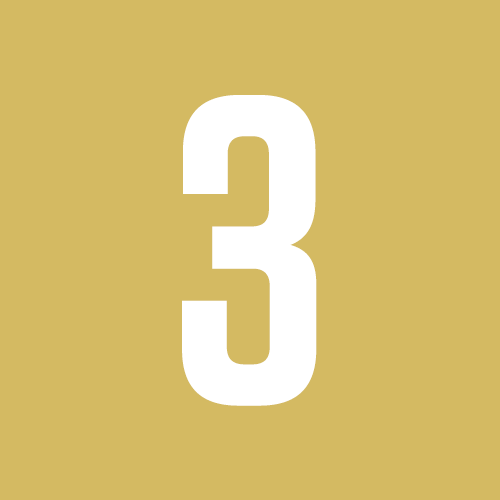
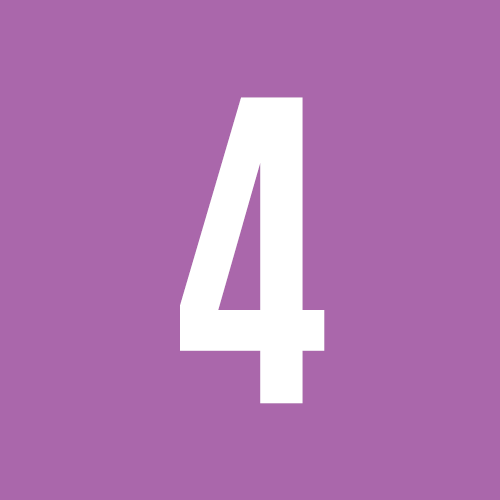


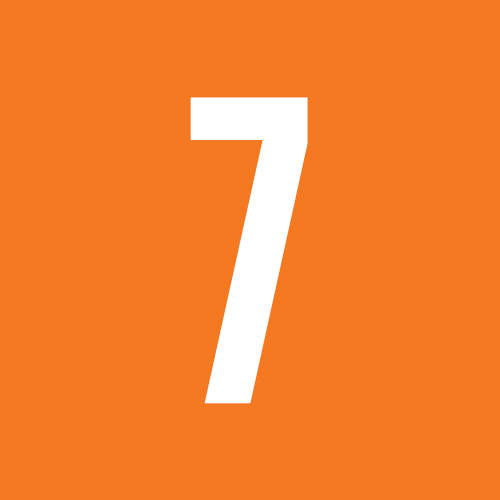
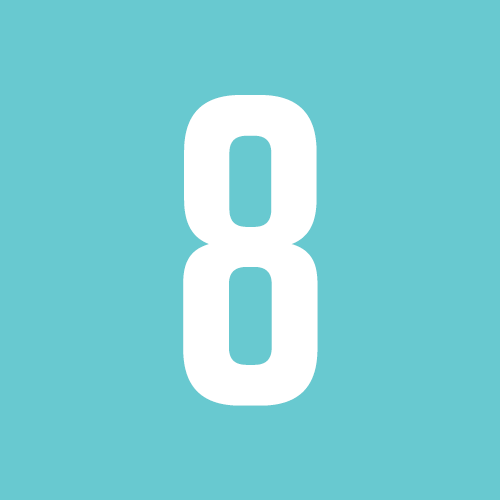

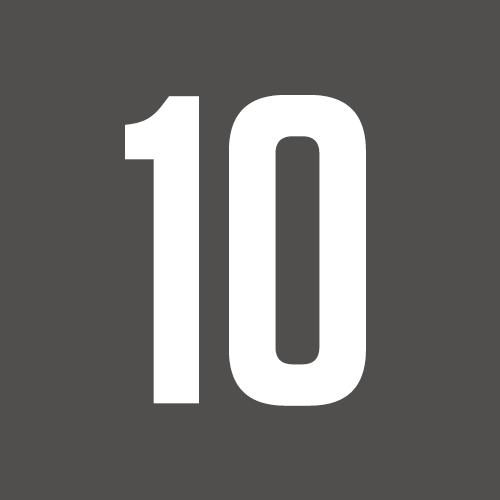




 The Mockingbird Foundation
The Mockingbird Foundation